[et_pb_section fb_built=”1″ admin_label=”section” _builder_version=”3.22″][et_pb_row admin_label=”row” _builder_version=”3.25″ background_size=”initial” background_position=”top_left” background_repeat=”repeat”][et_pb_column type=”4_4″ _builder_version=”3.25″ custom_padding=”|||” custom_padding__hover=”|||”][et_pb_text admin_label=”Text” _builder_version=”4.8.2″ background_size=”initial” background_position=”top_left” background_repeat=”repeat” hover_enabled=”0″ sticky_enabled=”0″]
If you’ve walked, driven or bicycled along South Park Boulevard in Shaker Heights after a rainfall, you may have noticed standing water along the muddy edge of the road. The DBWP, with partners Northeast Ohio Regional Sewer District, Burning River Foundation and the City of Shaker Heights, chose this site as a demonstration for a new remedy to stormwater challenges.
The goals of the Shaker Parklands Bioswale Demonstration were as follows:
- Demonstrate a green infrastructure solution to a chronic source of sediment to Lower Shaker Lake
- Install the green infrastructure, in this case a bioswale, in a publicly visible location
- Provide education/outreach to accompany the bioswale
- Create a long-term plan to maintain the form and function of the bioswale
After an RFP process, the DBWP hired landscape architect, Jim McKnight & Associates, to install a 100 foot bioswale to rectify sediment loading to Lower Lake from a faulty stormdrain. The site is located at the edge of South Park Boulevard and the Shaker Parklands (Doan’s riparian corridor), between Larchmere Blvd. and Coventry Rd., in Shaker Heights.
McKnight and Associates designed the bioswale to receive water from South Park Blvd, not only to address sediment loading but also to filter and purify runoff. The swale is a two-tiered trench, with a perforated pipe in the bottom trench. With perforation side down, the drainpipe was covered with a “sock,” which is the last stage of filtration. The water is first received by hydrophilic native plants, then a layer of specialized soil, a layer of mixed small stones and a layer of mixed large cobbles. The water that does reach the underlying drain, is cleaner and of a lesser volume. Only at this point does the stormwater enter the original storm drain on South Park. Because we were able to create a long-term maintenance partnership with student volunteers from Hawken School, the City of Shaker approved the use of a much more biodiverse plant scheme for the swale. This biodiversity will provide additional habitat benefits, such as pollination and healthy soil profiles.
A temporary sign was placed in October, 2011, at the bioswale during construction to educate the public about the disruption and, more importantly, about the green infrastructure demonstration. The sign will remain until the Partnership coordinates the design and installation of the permanent sign in early 2012. This permanent sign will explain the benefits of green infrastructure solutions to a known impairment to Lower Lake, Doan Brook, and Lower Lake water quality: sediment.
We are deeply thankful to Hawken School, whose upper students committed to maintain the bioswale on a monthly basis, now and in the future. Thus, instead of the monoculture of grass, the Shaker Parklands have been enriched with native Blue Wood Sedge, Variegated Sedge, Wide-leafed Sedge Grass, Toothed Wood Fern and Rose Mallow.
[/et_pb_text][/et_pb_column][/et_pb_row][/et_pb_section]

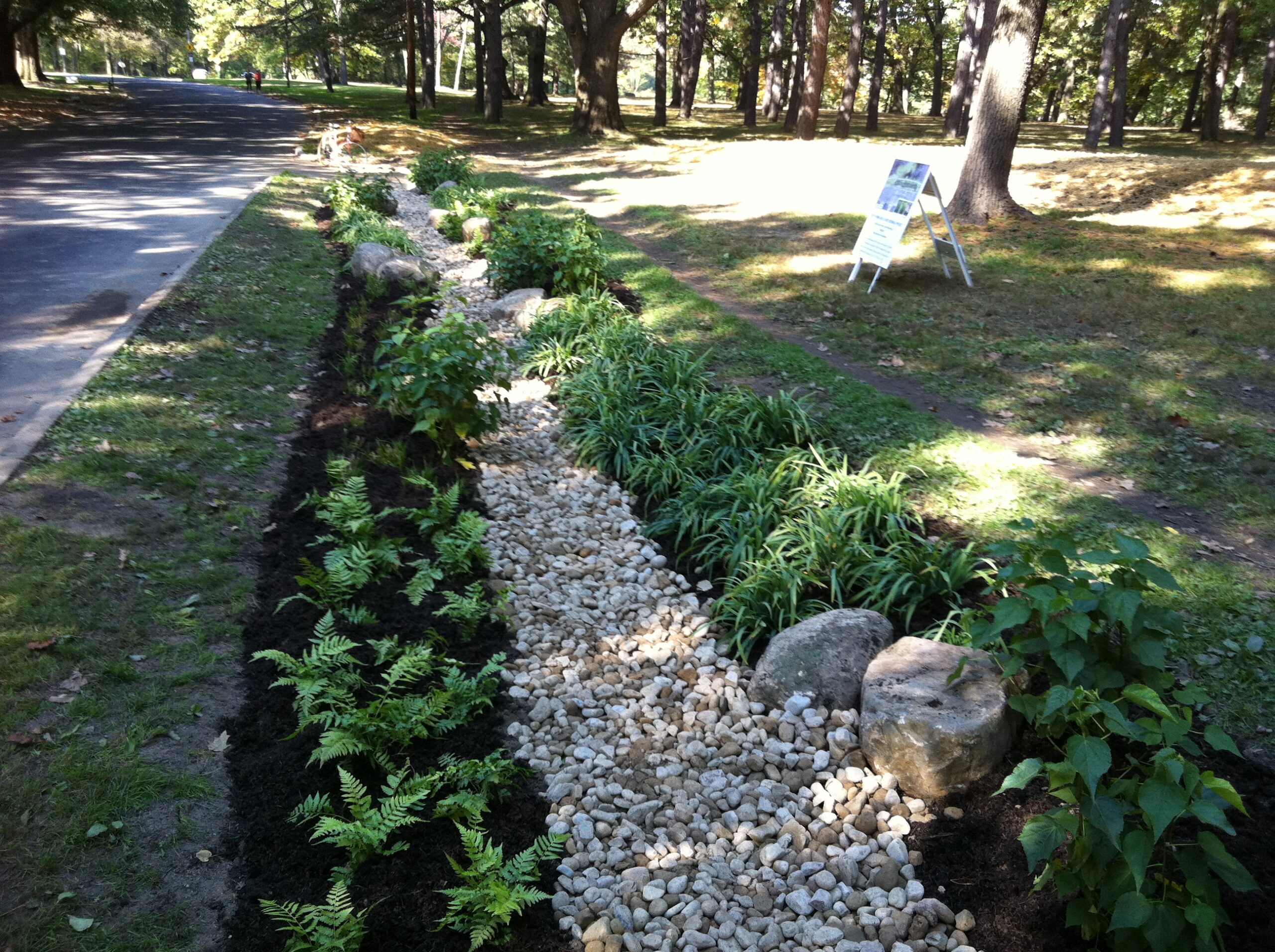
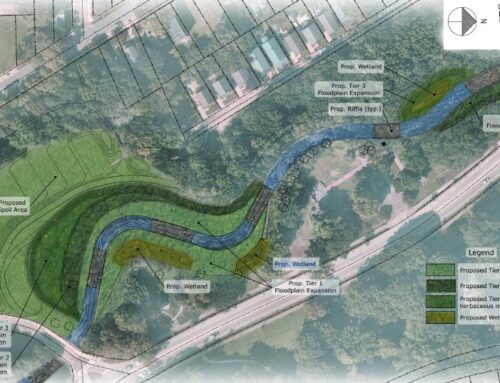
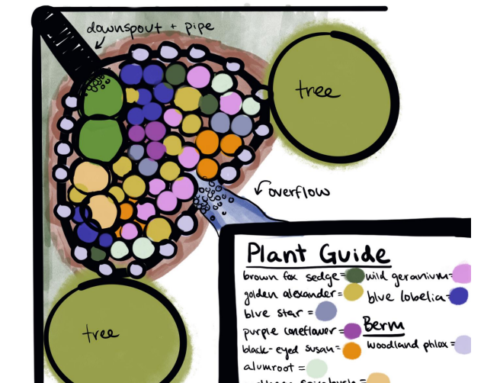
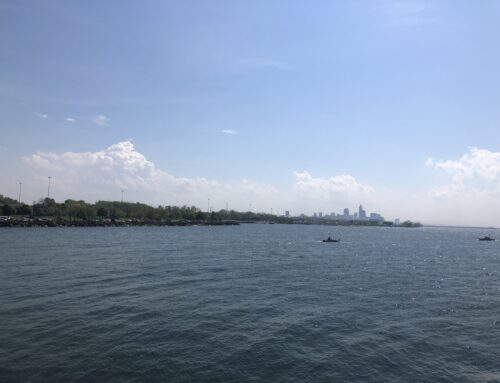
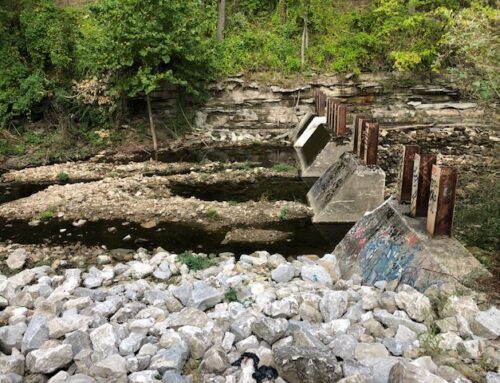
Leave A Comment